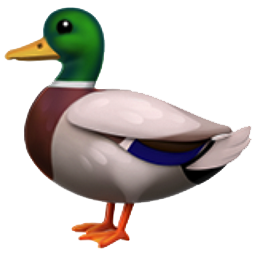
The urban logger aims to close the material loop within the urban landscape. They critically translate the processes and beauty of industrial forests into the concrete jungle. With highly refined skills and tools, they re-value residual materials from exhibitions and events, by re-finishing their surface and reviving their form. These are situated within their urban forests, each built from residual materials in site specific locations.
The urban logger emphasises the importance to understand a material’s lifetime, by logging their previous uses and locations. This tracks the circularity of these materials as they continue to be reused over and over again, until eventually recycled.
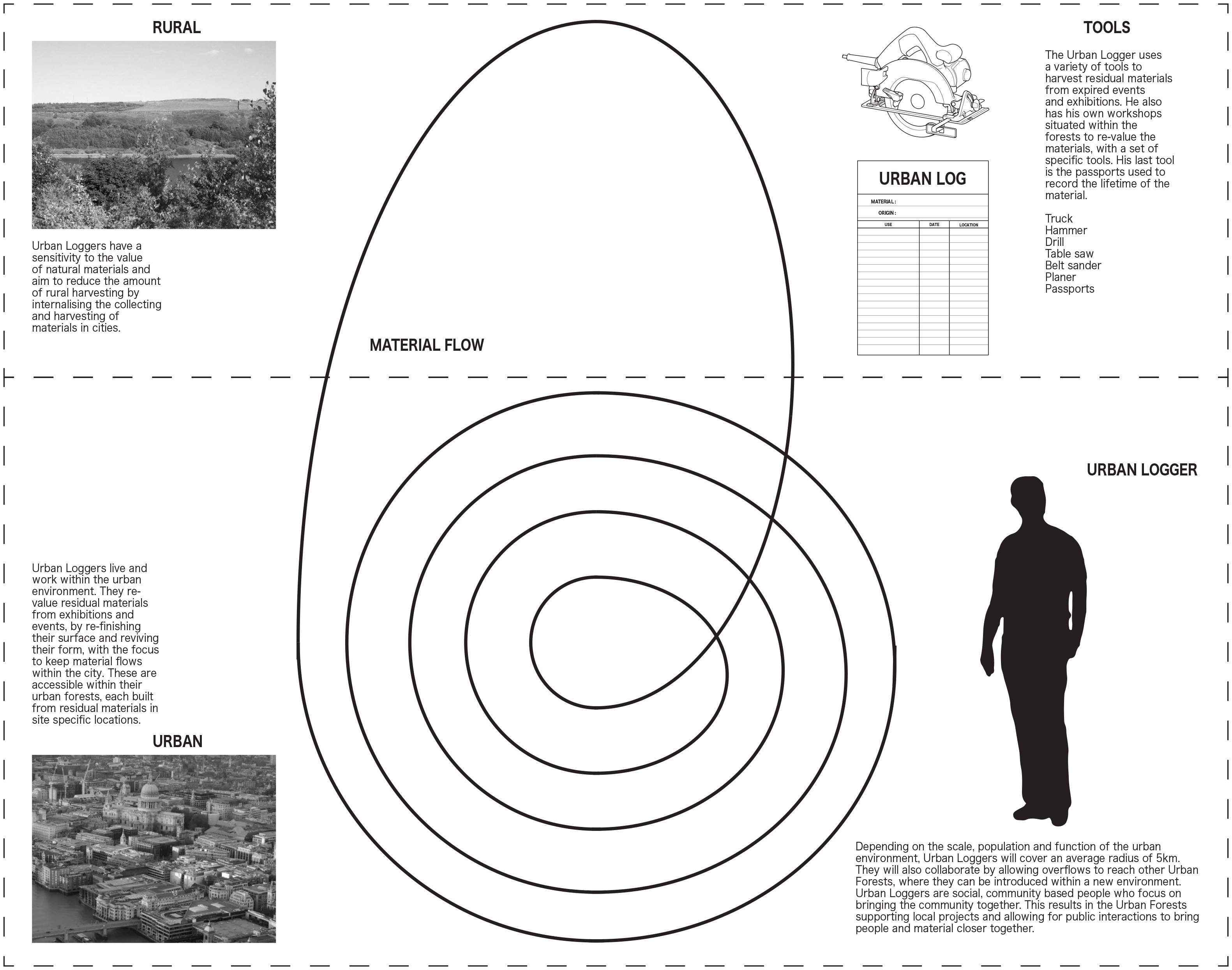
Deriving from the Tombstone maker, Urban Loggers have an innate sense of refinement and purity. They celebrate and record the lives of materials, restoring their properties and usability.
Urban Loggers have a sensitivity to the value of natural materials and aim to reduce the amount of rural harvesting by internalising the collecting and harvesting of materials within cities. They live and work within the urban environment. They re-value salvaged materials from exhibitions and events, by re-finishing their surface and reviving their form, with the focus to keep material flows within the city. These are accessible within their urban forests, each built from residual materials in site specific locations.
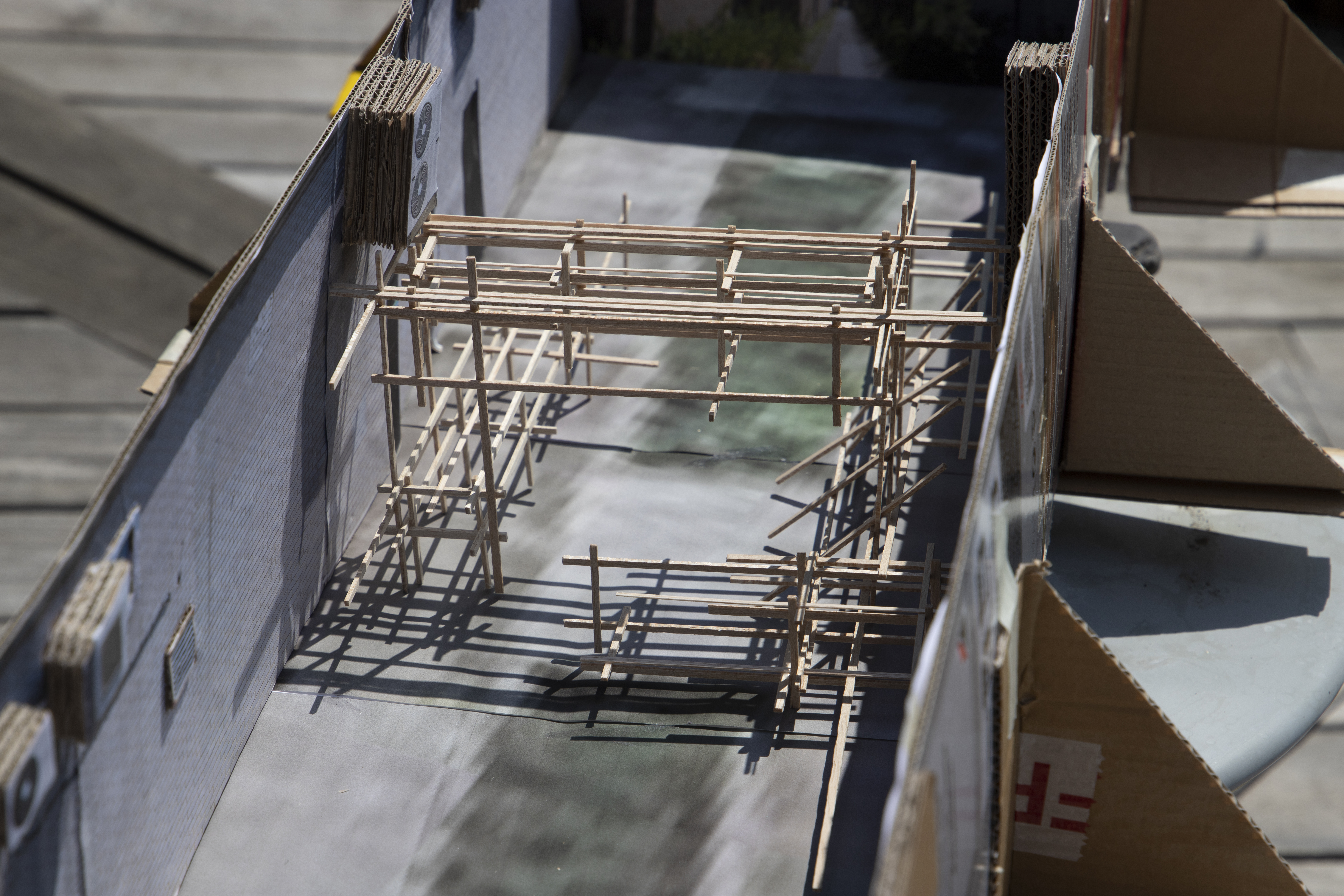
Urban Forests are growing structures built from residual materials. They are sites used by Urban Loggers to give the public access to materials left over from temporary structures and pop-ups. They are Re-valued by removing blemishes, dents, screws and other imperfections before being made accessible to the public.
Each piece is given a passport to be kept with it throughout its lifetime, logging its usage data and location. This documentation not only gives the materials history but helps the user understand the potential and importance of circular materials flows within urban environments.


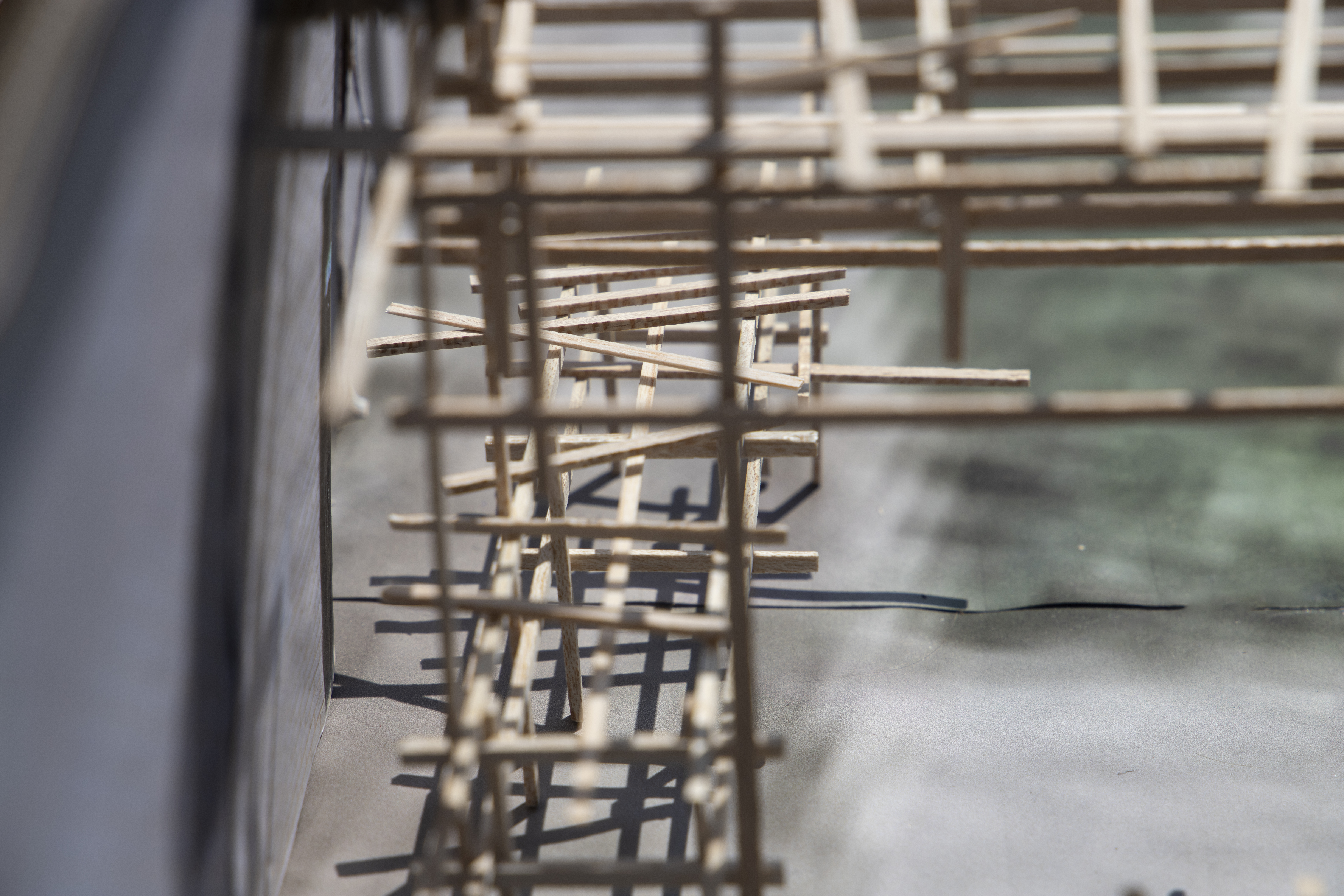
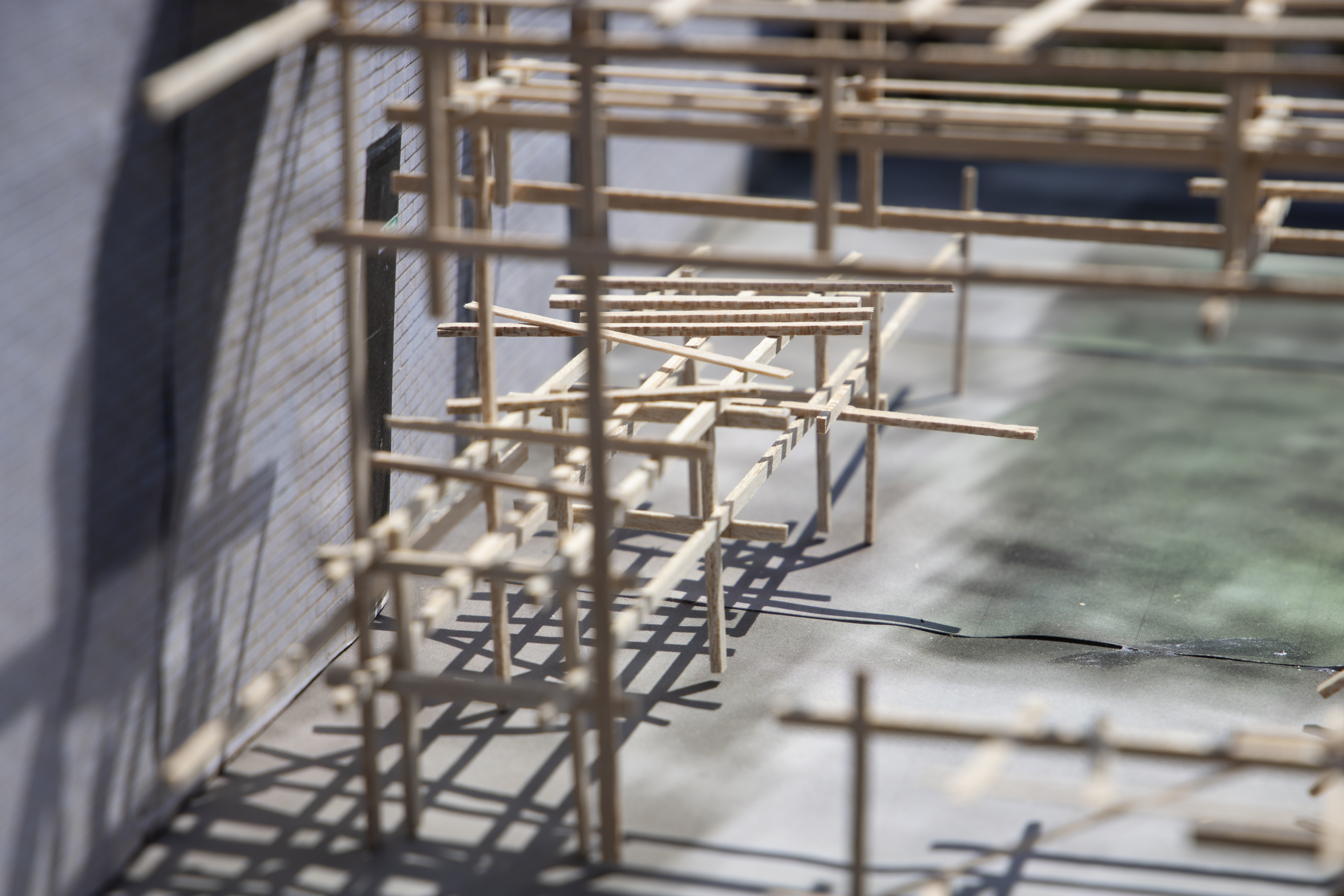
The Urban Logger uses a variety of tools to harvest residual materials. Some also have their own workshops situated within the urban forests to re-value the materials, with a set of specific tools. His last tool is the passports used to record the lifetime of the material. Depending on the scale, population and function of the urban environment, Urban Loggers will cover an average radius of 5km. They also collaborate by allowing material overflows to reach other Urban Forests, where they can be introduced within a new section of the city.
Urban Loggers are socially driven people who focus on bringing the community together. This results in the Urban Forests supporting local projects and allowing for public interactions to bring people and material closer together.
